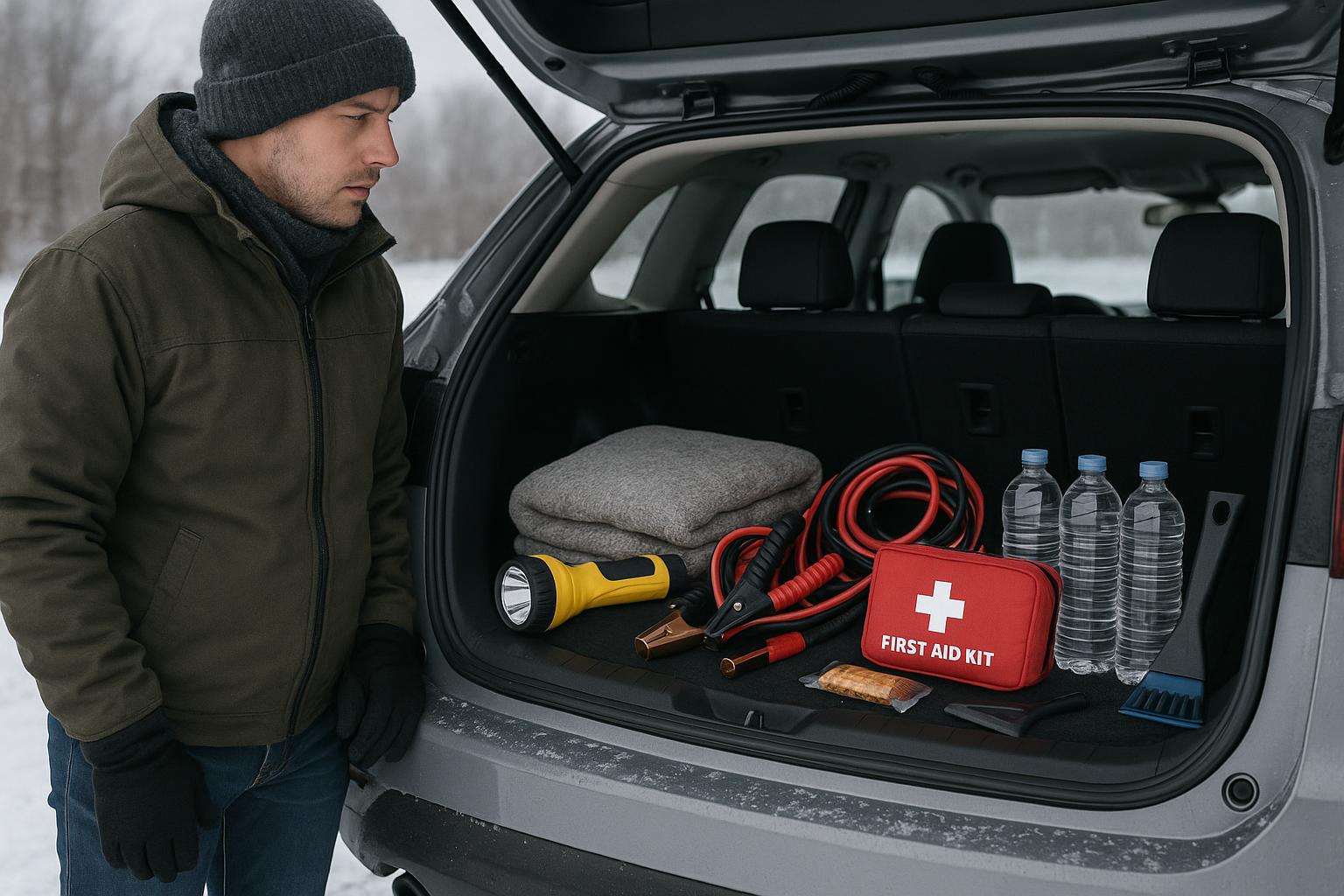Introduction
Personal Protective Equipment (PPE) is a critical component of workplace safety. However, simply providing PPE is not enough. Regular PPE audits are essential to ensure that equipment is available, suitable, and used correctly. Conducting a PPE audit helps organizations identify safety gaps, reduce workplace injuries, and maintain compliance with safety regulations. This toolbox talk will guide you through the process of conducting a PPE audit, highlight common safety gaps, and provide actionable steps to improve your workplace safety culture.
Why Conduct a PPE Audit?
A PPE audit is a systematic review of all personal protective equipment used in the workplace. The goal is to verify that PPE is appropriate for the hazards present, in good condition, and being used as intended. According to the U.S. Bureau of Labor Statistics, in 2022, over 2.6 million nonfatal workplace injuries and illnesses were reported in the private sector. Many of these incidents could have been prevented with proper PPE use and regular audits (https://www.bls.gov/news.release/osh.nr0.htm).
Key Benefits of PPE Audits:
- Identify missing or inadequate PPE
- Ensure compliance with OSHA and other regulatory standards
- Reduce the risk of workplace injuries and illnesses
- Improve employee awareness and safety culture
Step-by-Step Guide to Conducting a PPE Audit
1. Review Hazard Assessments
Start by reviewing your workplace hazard assessments. Identify all tasks and areas where PPE is required. Ensure that the PPE provided matches the hazards identified. For example, chemical handling may require gloves, goggles, and aprons, while construction work may need hard hats, safety boots, and high-visibility vests.
2. Inspect PPE Inventory
Check your PPE inventory for quantity and quality. Look for:
- Expired or damaged equipment
- Missing items
- Proper storage conditions
Replace any PPE that is worn out, expired, or no longer meets safety standards.
3. Evaluate PPE Usage
Observe employees during their daily tasks. Are they wearing the correct PPE? Is it being used properly? Common issues include:
- Not wearing PPE at all
- Wearing the wrong type of PPE
- Improper fit or adjustment
Address any gaps through training and supervision.
4. Check PPE Fit and Comfort
Ill-fitting PPE can be as dangerous as not wearing any at all. Ensure that all employees have access to PPE that fits correctly. Conduct fit tests for items like respirators and ensure that adjustable equipment is set up properly.
5. Review Training Records
Verify that all employees have received training on the correct use, care, and limitations of their PPE. Training should be documented and refreshed regularly, especially when new equipment or hazards are introduced.
6. Solicit Employee Feedback
Employees are the best source of information about PPE effectiveness. Ask for feedback on comfort, usability, and any issues encountered. Use this information to make improvements.
7. Document Findings and Take Action
Record all findings from your audit, including deficiencies and corrective actions taken. Assign responsibilities and set deadlines for addressing any issues. Regularly review progress to ensure continuous improvement.
Common Safety Gaps Identified in PPE Audits
- Outdated or damaged PPE not replaced promptly
- Employees unaware of when or how to use PPE
- Lack of PPE for specific hazards
- Inadequate training or refresher courses
- Poor storage leading to contamination or damage
Best Practices for Effective PPE Audits
- Schedule audits regularly (at least annually, or more often in high-risk environments)
- Involve supervisors and employees in the audit process
- Use a standardized checklist to ensure consistency
- Follow up on corrective actions and track improvements
Conducting regular PPE audits is a proactive step toward a safer workplace. By identifying and addressing safety gaps, organizations can protect their employees, reduce incidents, and comply with regulatory requirements. Make PPE audits a routine part of your safety program to foster a culture of continuous improvement and risk reduction.
References
- U.S. Bureau of Labor Statistics. Employer-Reported Workplace Injuries and Illnesses – 2022. https://www.bls.gov/news.release/osh.nr0.htm
- OSHA Personal Protective Equipment. https://www.osha.gov/personal-protective-equipment



